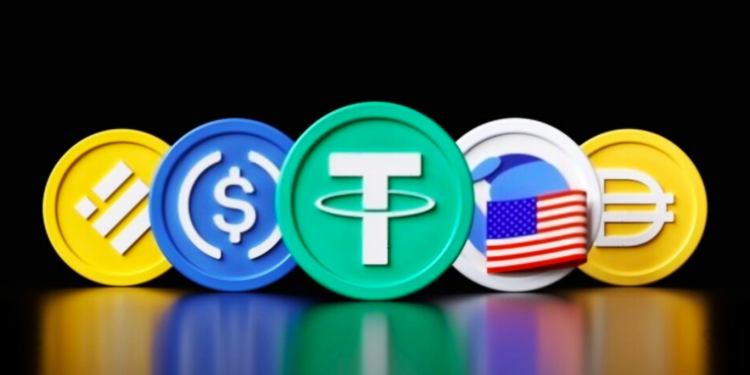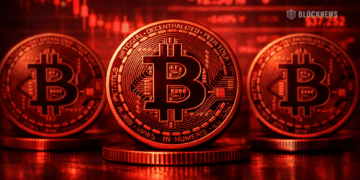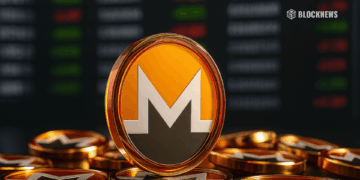Not 100% Backed? Ban It – The Stablecoin Bill
A more recent version of a stablecoin bill that has been on and off in the House of Congress will determine the placement of a ban on dollar-pegged digital assets for two years. Just like TerraUSD, which faced a massive collapse in 2014 due to a $48 billion debacle, these tokens will be effectively banned once the bill passes.
According to a Bloomberg report on this move, the ban would specifically be on “stablecoins marketed as being able to be converted, redeemed or repurchased for a fixed amount of monetary value,” continuing to define them as tokens “that rely solely on the value of another digital asset from the same creator to maintain their fixed price.”
According to the bill currently being negotiated by Maxine Waters of California, the House Financial Services Committee’s chairwoman, and Patrick McHenry of North California, the ranking minority member of the House, the ban would be on any token that is not 100%backed by a dollar reserve or various highly liquid securities such as short-term treasury bills.
All That the Bill States and More
Having been in the system for months and even delayed previously, the bill will criminalize the creation or issuance of any new “endogenously collateralized stablecoins”; there will, however, be a grace period of two years for existing algorithmic stablecoin providers to tweak or totally switch out their models and go about the collateralization of their offerings differently.
The U.S. Treasury is also mandated by the draft bill to embark on a study of these algorithmic and crypto-backed stablecoins and to, afterward, consult with the Securities and Exchange Commission (SEC), the Federal Reserve, the Office of the Comptroller of the Currency (OCC), and the Federal Deposit Insurance Corporation (FDIC).
Working with their existing regulatory networks, banks and nonbanks/other financial institutions will also be allowed to issue stablecoins under this draft bill currently negotiated by Waters and McHenry.
A slight modification to the network will include regulators at the state level, which will provide a 180-day fast track to a federal green light for state-approved stablecoin issuers. The OCC will be the overseeing body for banks while drafting an approval process for the nonbanks has been ordered from the Federal Reserve.
Predictions for the Draft Bill
All such algorithmic stablecoins can be categorized as decentralized finance (DeFi) projects and, with the claim of non-human management, this draft bill might be facing instead of being controlled by decentralized autonomous organizations (DAOs) an uphill battle even if it gets passed.
This lies in the fact that, while private stablecoin issuers can have their digital assets technically frozen, DAO-controlled stablecoins are difficult, if not near impossible, to prevent their usage in crypto exchanges.
Conclusion
With the chairwoman of the House Financial Services Committee, Maxine Waters, currently negotiating the latest draft of a stablecoin bill with Patrick McHenry, a ranking minority member of the House, to reach an agreement on the legislation, banks and nonbanks look to soon find themselves being licensed to issue stablecoins, albeit with regulatory oversight.
The TerraUSD decline in May 2022 prompted the bill to ban stablecoins not supported by a dollar reserve. As virtually all algorithmic stablecoins are (DeFi) projects, with the claims of not having a governing body or human management and jurisdiction, this bill looks to have quite the hurdle ahead of it to overcome.














